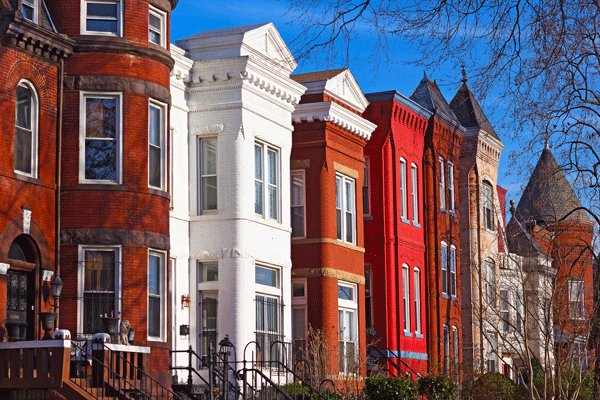Community Design - Housing
Housing is more than just the physical structure, it extends beyond the walls outside into the area around the home and into the surrounding neighbourhood. 1 2 It is also an important factor that can shape the physical, mental and social well-being of those residing in it and in the surrounding neighbourhood. 2 3 4 5 6
Mixed Housing
Including a mix of good quality diverse housing options that are safe, accessible and affordable, is important when designing healthy communities. A neighbourhood with a mix of housing types can be inclusive, providing quality housing for different kinds of people, income levels and life stages, 1 2 and it can support aging in place.3 8 Having access to a range of housing options can also have many positive effects such as: 2 3 4 5 6
- protection from health hazards
- increased social connectedness and sense of belonging
- increased sense of safety
- positive mental health
- health equity
Examples of mixed housing:
- single detached homes
- semi-detached homes
- multi-unit residential (apartments, townhomes, condominiums)
Housing Density
Communities that are compact and have different types of housing options located close to each other can better support nearby placement of:
- shops
- schools
- banks
- cafes
- libraries
- grocery stores
- employment
- public transit
Compact communities provide advantages over communities that are spread out because they encourage active transportation such as walking, cycling and public transit use which is good for overall health, safety and the environment.9
Date of creation: November 24, 2016
Last modified on: October 2, 2024
